Affiliate links on Android Authority may earn us a commission. Learn more.
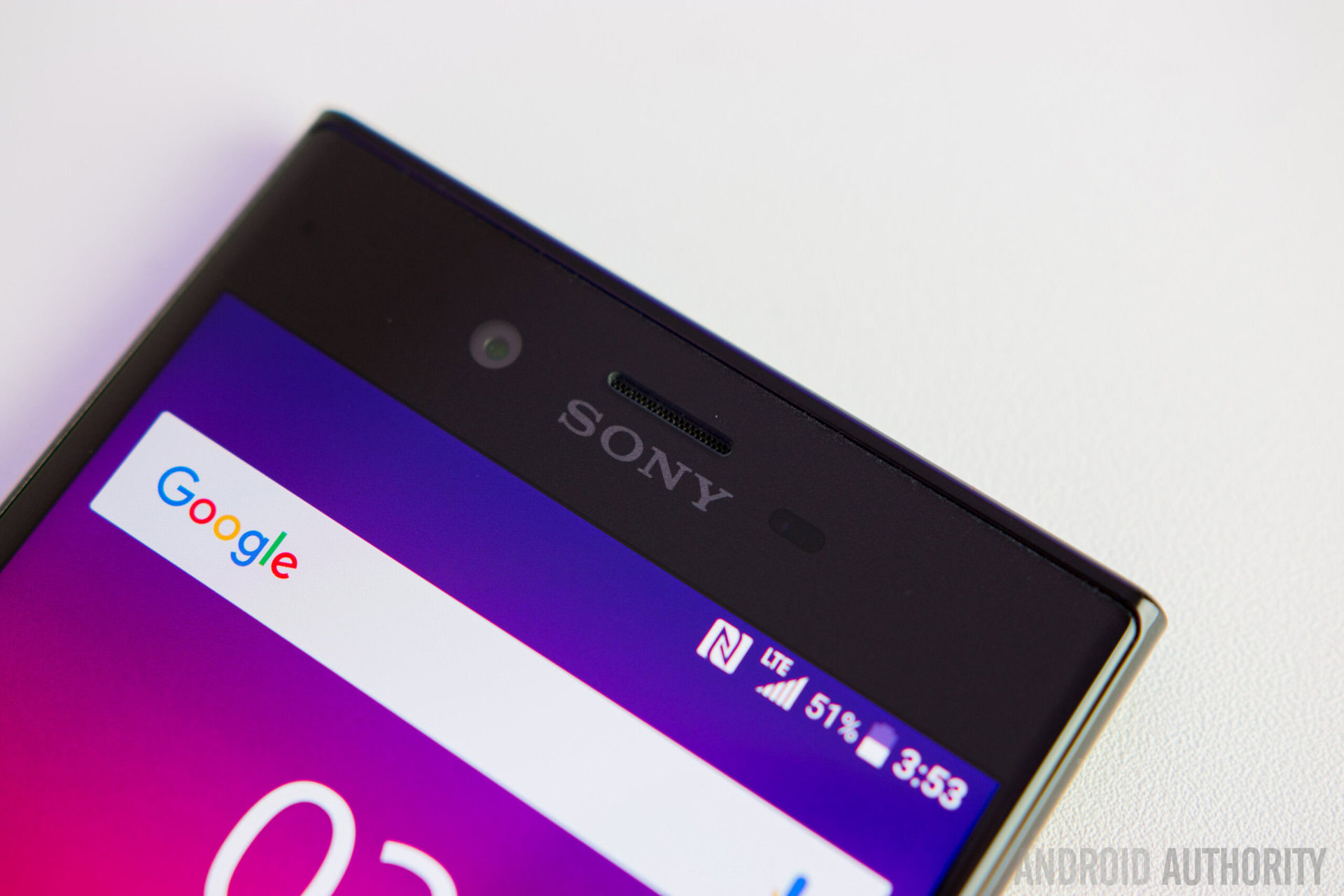
Sony Xperia XZ review - flagship, at a price!
Published onOctober 10, 2016
Sony Xperia XZ
What we like
What we don't like
Our scores
Sony Xperia XZ
Sony may be done with the Z series, but the letter returns with the company’s latest addition to their flagship X range, with the Xperia XZ. Introduced alongside the much smaller Xperia X Compact at IFA a little over a month ago, this high-end smartphone is Sony’s attempt at finding a foothold once again in the competitive US market.
With the company hoping to arrest their continuing fall in popularity, does their latest offering prove to be the answer? We find out, in this comprehensive Sony Xperia XZ review!
Design
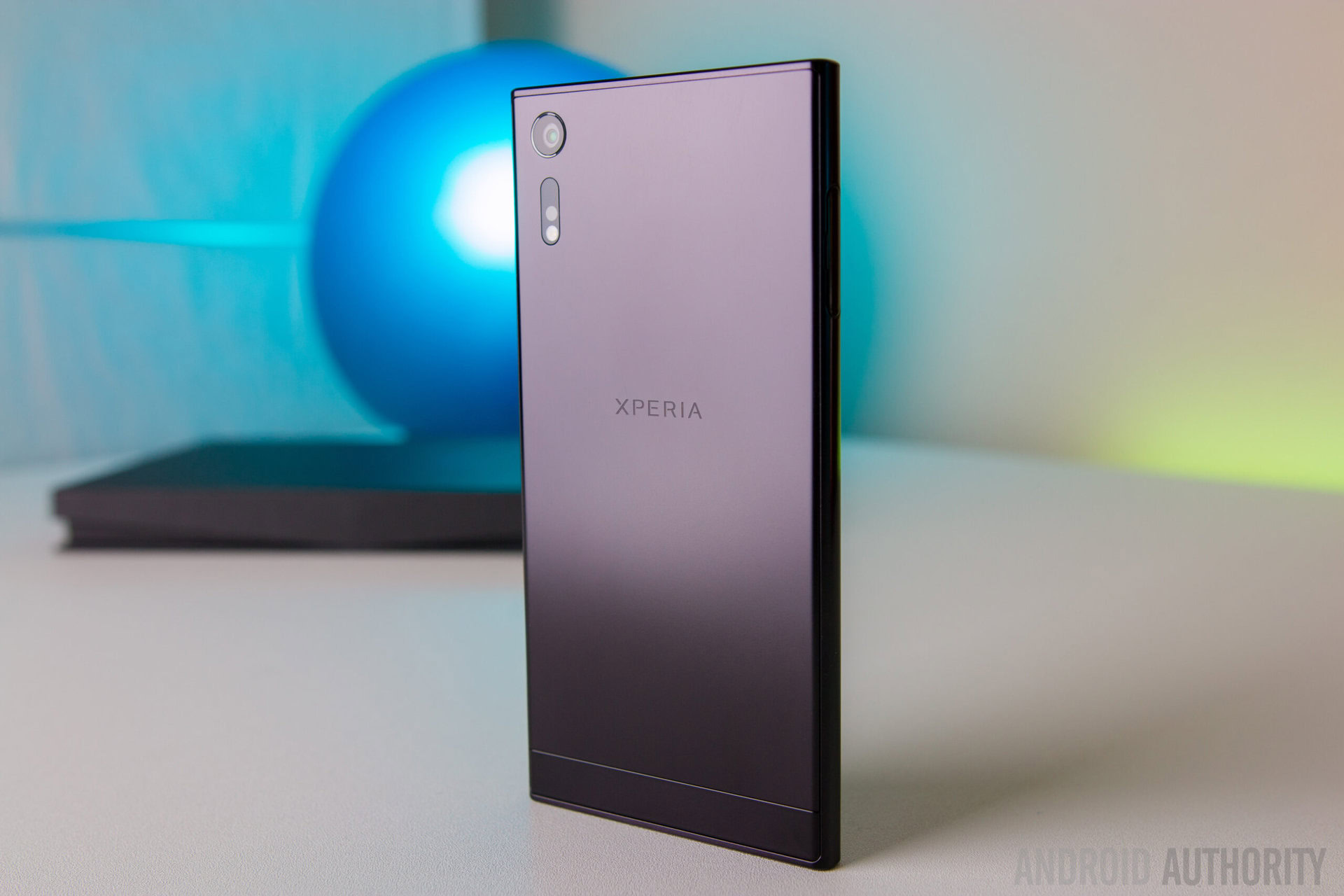
The Xperia XZ features a design that has been refreshed in a few different ways, but the general rectangular slab-like design language still makes it easily recognizable as a Sony smartphone. A combination of materials has gone into the build of this device, with glass up front, an all metal back plate, and plastic along its sides.
The phone comes with what Sony is calling a “loop” design. Basically, the sides are rounded and taper towards the front and back, which makes the transition between the different build materials feel more seamless, and also allows for a very comfortable feel when holding the phone. Sony has never had issues with build quality as far as their high-end offerings are concerned, and that remains true for the Xperia XZ as well, with the device feeling sturdy and substantial in the hand.
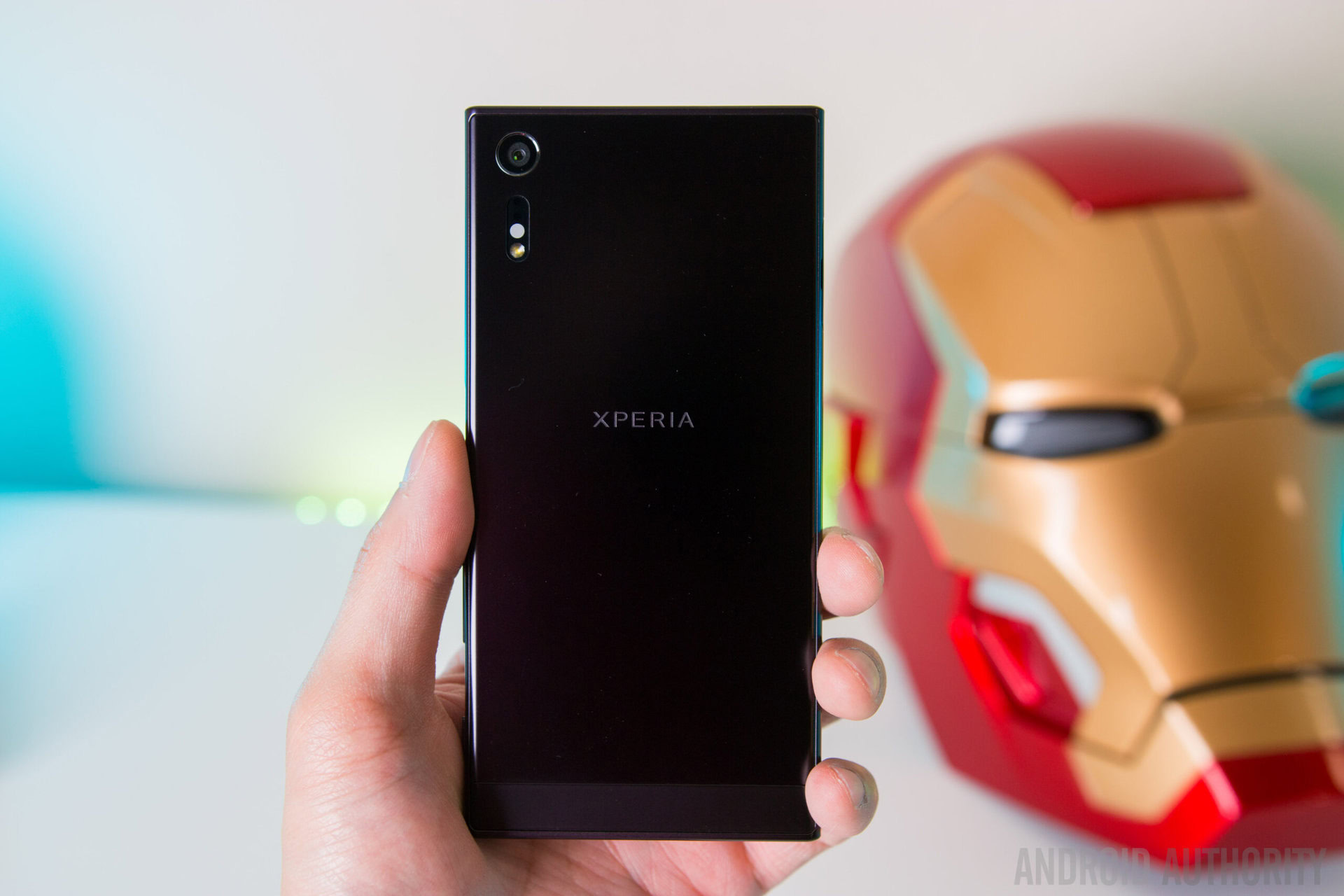
A few color variations of the Xperia XZ are available, with options including blue and silver, and as seen with this review unit, black. The black version comes with a satin-like finish, which isn’t particularly glossy, but does tend to be prone to fingerprints. That said, black also gives this phone a very sleek and stealthy look.
The Xperia XZ comes with a 5.2-inch display, which allows for a relatively easy one-handed handling experience, despite the back plate being made with metal. Speaking of the metal backing, there are no plastic inserts to be found here, resulting in the NFC chip being moved from the back, where it is normally expected to be, to the front, next to the front-facing camera. This isn’t the first time that Sony has gone with this placement, but it does make tapping the phone to other devices or payment terminals just a little bit more awkward.
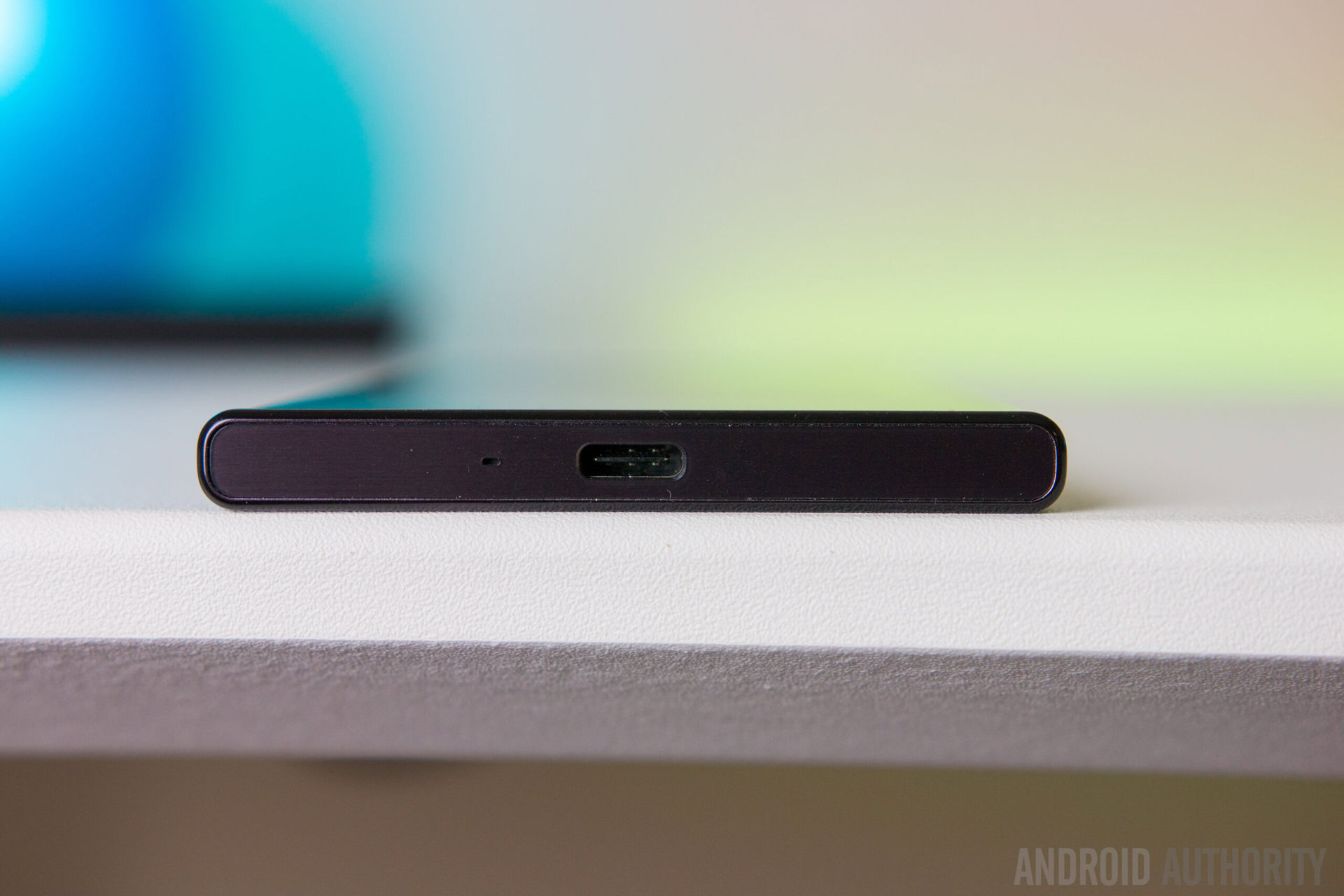
Taking a look around the device, the headphone jack and USB Type-C port are at the top and bottom respectively, a combined SIM card and microSD card slot is on the left, and finally, on the right side is the power button, volume rocker, and Sony’s signature dedicated camera shutter button.
As I also noted in the full review of the Xperia X Compact, the inclusion of a dedicated camera button provides a quick and easy way to get to the camera and is very convenient, but having all the buttons on the right makes the whole side feel quite cluttered. The placement of the volume rocker makes sense when considering its secondary use as a digital zoom control, but it is very awkward and uncomfortable to reach with your thumb when trying to adjust the volume in the portrait orientation.
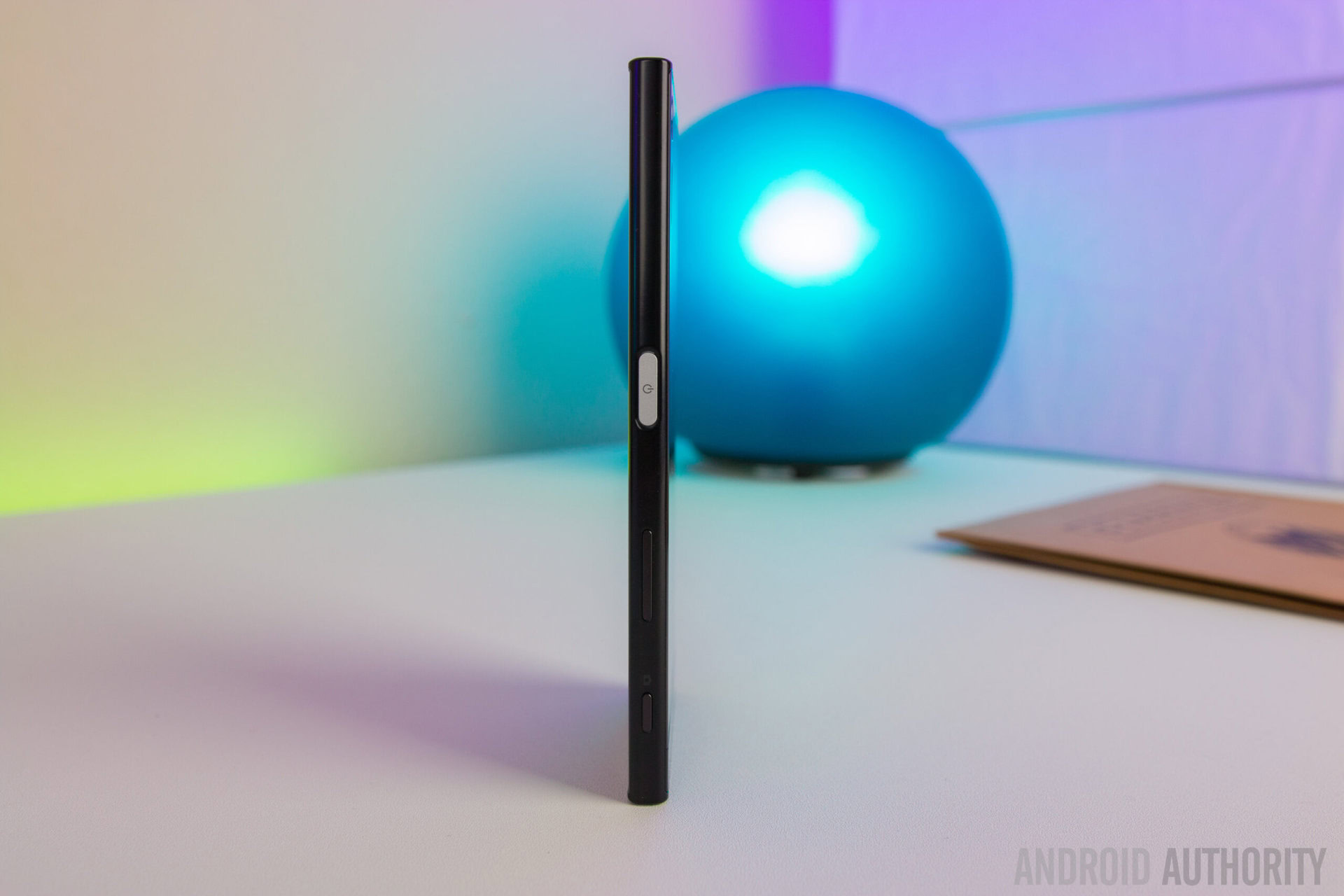
The power button of the Xperia XZ does function as a fingerprint sensor, but that’s only true in other markets around the world, and unfortunately not the case in the US. For reasons unknown, Sony has decided to disable the scanner with the US version of the device, as the company did with previous Sony flagships as well. The keyword here is disable, and some developers have figured out a workaround that you can attempt at your own risk, if a fingerprint scanner is a must have.
Display
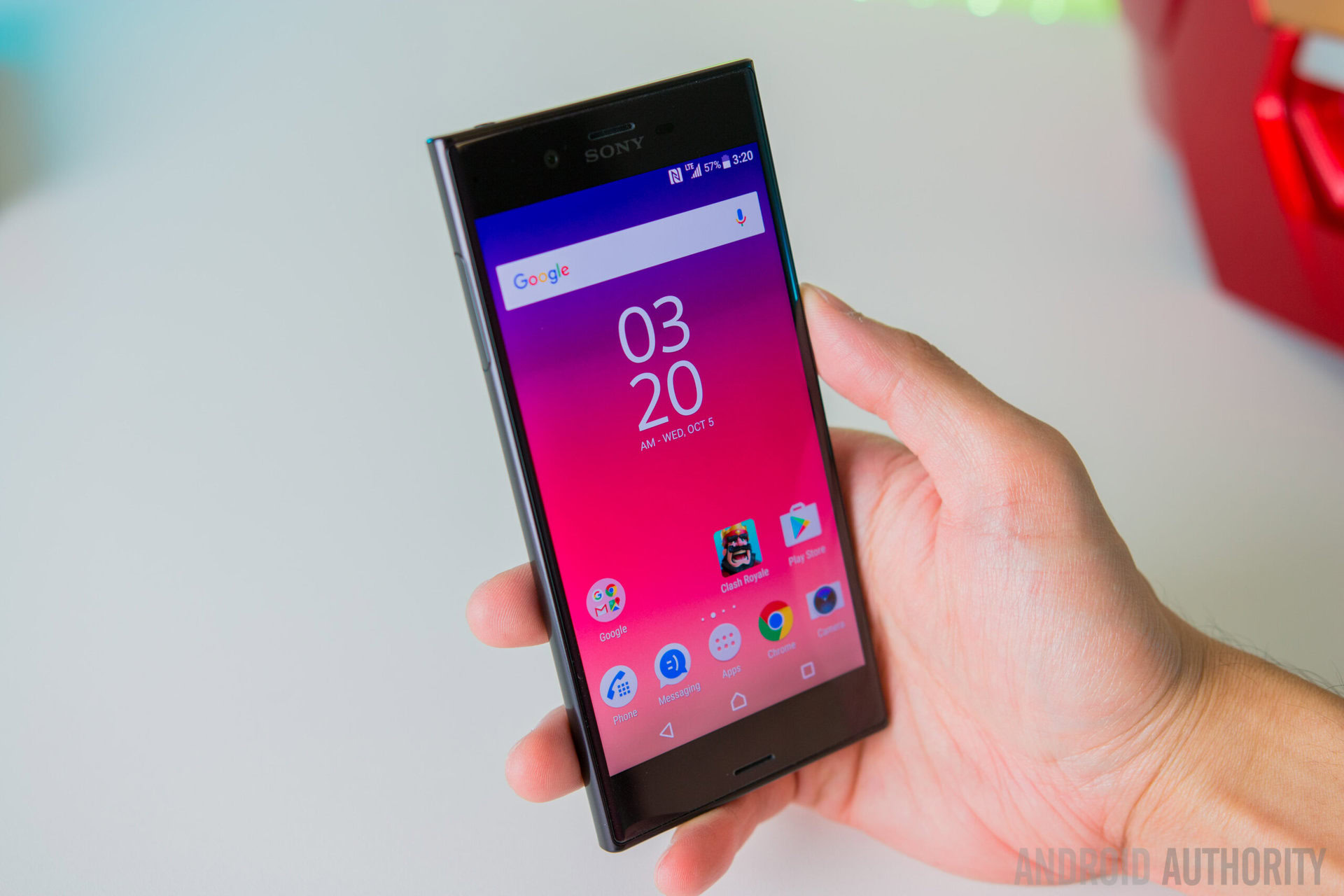
The Sony Xperia XZ comes with a 5.2-inch IPS LCD display, with a Full HD resolution, resulting in a pixel density of 424 ppi. Quad HD is generally what is expected from current generation flagships, but unless you are planning to use the device for VR, you are not going to notice any difference with 1080p here.
The screen is plenty sharp for comfortably reading text and web browsing, has excellent viewing angles, and is surprisingly very vibrant. Brightness is of no concern, and the display is easily view-able outdoors. You also have the usual white balance controls and Sony’s X-Reality engine built-in, that provide a sharper and more natural looking image when looking at photos and videos. There are also some benefits to having a lower resolution display, particularly in terms of performance and battery life.
Performance
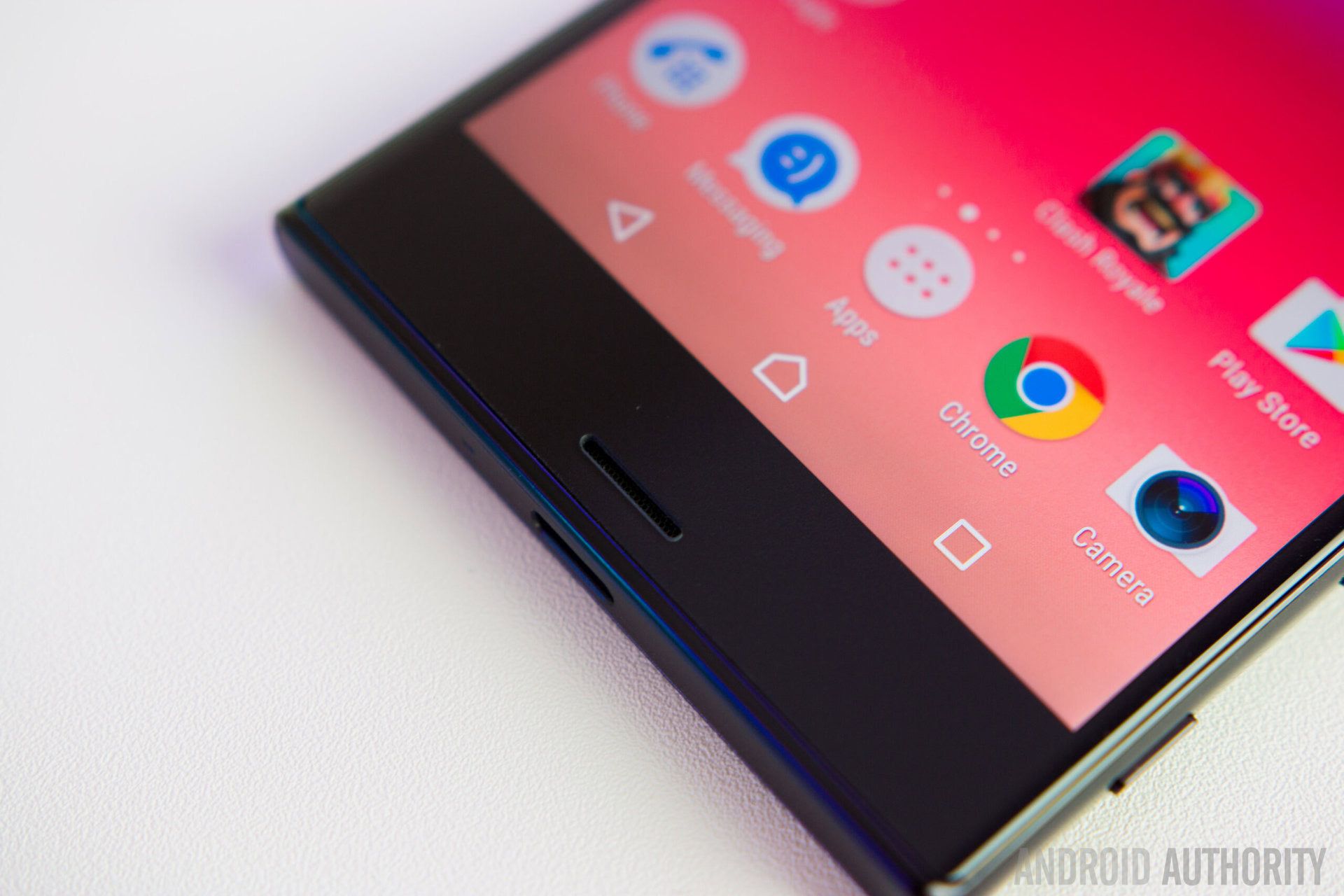
Under the hood, the Xperia XZ packs a quad-core Qualcomm Snapdragon 820 processor, backed by the Adreno 530 GPU and 3 GB of RAM. While this is the processing package that is generally seen with most current flagships, 4 GB of RAM is the norm, so the reduction may be disappointing to some.
With a 1080p display, you’ll generally get much smoother game play and graphics performance when compared to Quad HD screens, because of the reduced strain on the GPU. Not surprisingly, the game play on the Xperia XZ is definitely extremely smooth, and there were no stutters or dropped frames that were noticeable with high-end games. Day to day operations including web browsing, opening apps, checking emails, and watching videos, have also been very smooth. Despite having 3 GB of RAM, I haven’t managed to slow this phone down with heavy amounts of multi-tasking either, so you certainly won’t feel the loss of an additional gig of RAM.
Hardware
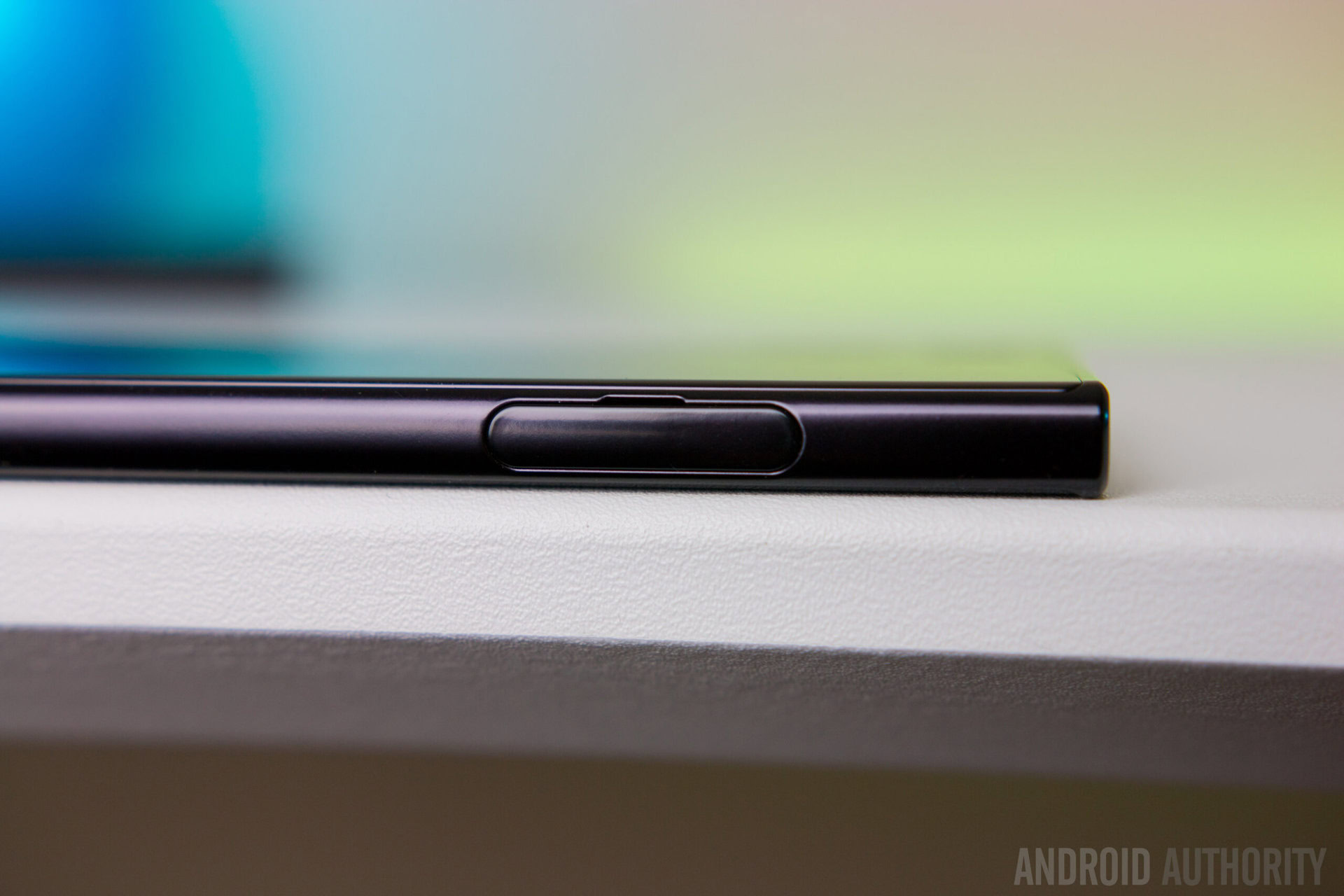
The Xperia XZ comes with 32 GB or 64 GB of on-board storage, but if you do opt for the lower storage option, you can bolster that with a microSD card by up to 256 GB. The US version of the device is a single SIM version, but there is also a dual SIM iteration available in some other markets, where users will have to make the choice between dual SIM capabilities and expandable storage.
Unlike the Xperia X Compact, the Xperia XZ does come with an IP 68 rating for resistance to dust and water, which means that you can use the phone in the rain or while in the shower if you want to, and it can also survive a dunk in the water with no adverse effect on functionality.
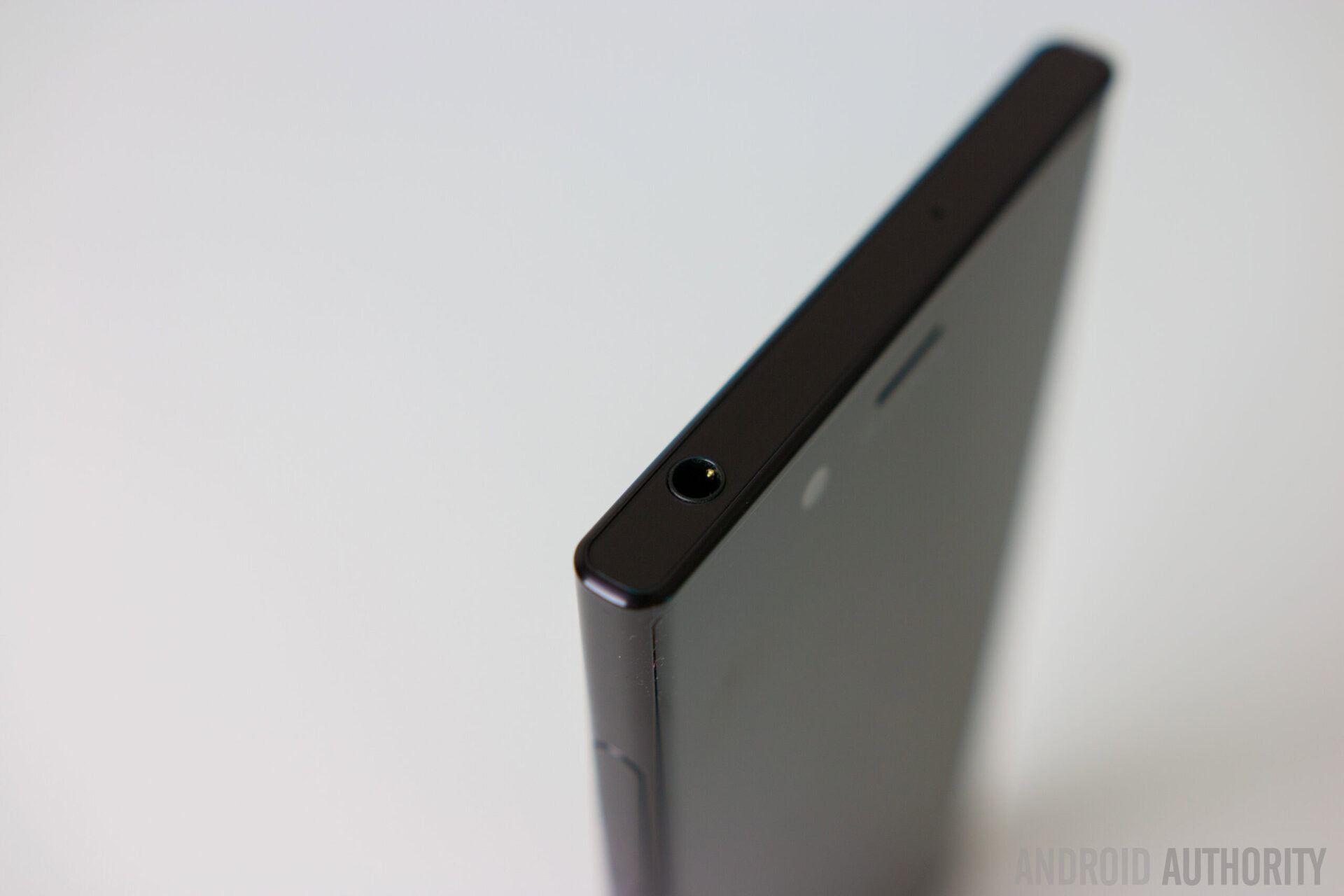
Audio is a big part of the Xperia XZ experience. By plugging in a pair of headphones, you can take advantage of the device’s built-in support for Hi-Res audio files like FLAC, ALAC, DSD, and LPCM, and it can also upscale an compressed music files to give it more of a Hi-Res sound.
Two small slits above and below the display house dual stereo front-facing speakers, which sound excellent, with no distortion even at the highest volume. However, when compared to something like the Nexus 6P, these speakers are no where near as loud, and don’t offer as much low-end punch.
The Xperia XZ comes with a 2,900 mAh battery, with is a little smaller than a lot of other flagships out there. The battery is good enough to comfortably allow for a full day of use, but you won’t get a whole lot more beyond that. Even with heavy usage that involved a few hours of gaming every day, along with the usual activities that include social, email, and texting, the phone lasted for 12 hours off the charger, which is definitely not bad.
The phone comes with support for Qualcomm Quick Charge 3.0, which will allow you to get back to a full charge quickly. If you are running out of battery and can’t get to a charger easily, you do get Sony’s staple Stamina and Ultra Stamina modes that limit performance and certain functionality in favor of longer battery life.
Camera
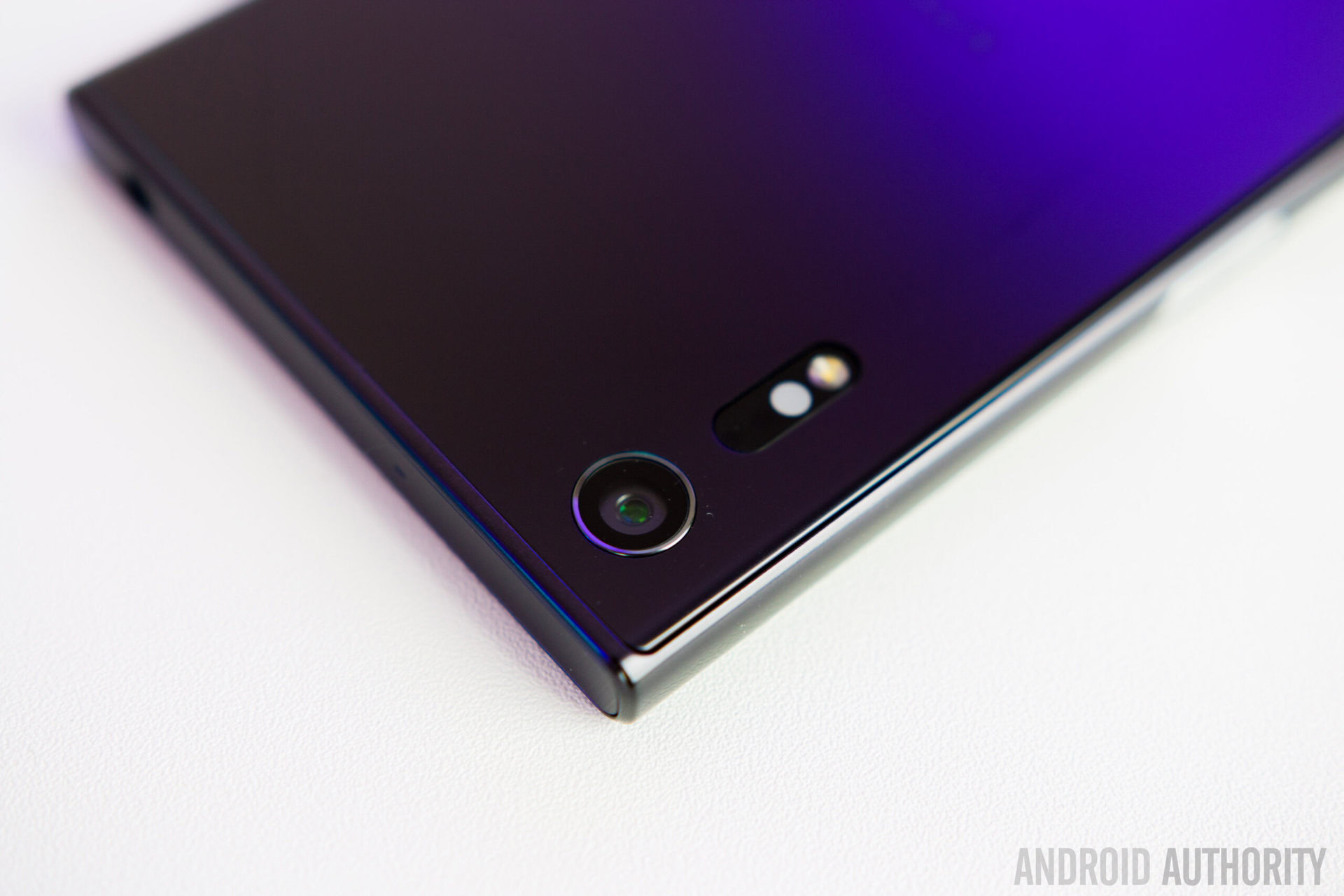
Sony is known for making really good camera sensors for smartphones, but they have unfortunately never managed to get the camera quite right with their own phones. However, there are a lot of improvements that have been made with the new sensor that the Xperia XZ is sporting. The device is sharing the same 23 MP rear camera as the smaller Xperia X Compact, and also comes with a 5-axis image stabilization, a new laser auto focus sensor, and a RGBC-IR that helps get the most accurate white balance, regardless of the lighting condition.
A point to remember is that the 5-axis stabilization is purely software based, so there are no moving parts that are making this happen. This stabilization also kicks in only when you are recording close ups or macro shots, and in other situations, 3-axis stabilization is what you are getting. It does work extremely well though for video, and stabilizes the footage without any noticeable warping or distortion.

Where the Xperia XZ differs from its smaller sibling is when it comes to the front-facing camera, with the former coming with a 13 MP shooter, instead of the 5 MP front-facing unit of the Xperia X Compact. The front camera of the Xperia XZ allows for plenty of detail and color to be captured, and you also get a lot more flexibility with zooming into and cropping shots.
The rest of the camera experience is typically what has been available from Sony. The camera app is fairly simplistic, and navigating between Superior Auto, Manual, Video Recording, or switching to the front-facing camera can all be done by simply swiping on the screen. You also get the usual modes like AR Effect, Sweep Panorama, and Timeshift Video, that can be a lot of fun to play around with. The only quirk with Sony’s default camera app is that the HDR mode is still buried in the camera settings, and is only accessible when using the Manual mode.
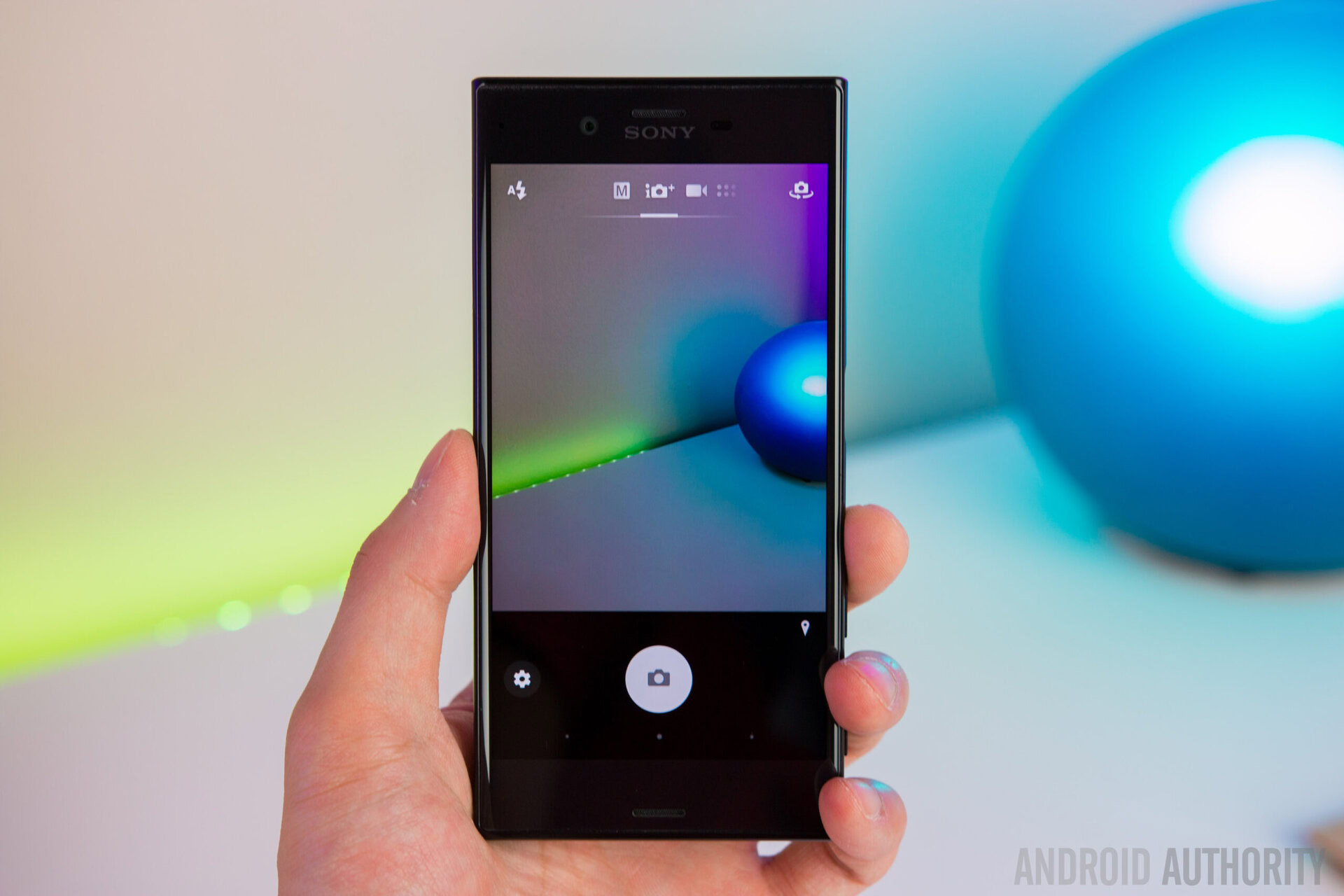
It is very quick and easy to launch the camera and take a shot, especially when using the dedicated camera key, and the pictures it takes are surprisingly very good. Images are extremely sharp and detailed, and it produces colors that are much more natural and true to life, but at the same time are stilll very pleasing to the eye.
The predictive hybrid auto focus feature that Sony has been using a for a while now also works well for tracking moving objects and capturing them without motion blur. As long as the subject is moving at a reasonable speed, you’ll be able to get a crystal clear shot.
In low light conditions, there is still a fair amount of detail to be had, and the images come out relatively noise free. The camera does to tend overexpose shots though, and there is a lot of blooming in the highlights. The camera can also be really slow to capture a picture poorly-lit situations, and if you aren’t holding the phone perfectly steady, you will end up with a lot of blurry shots.
Software
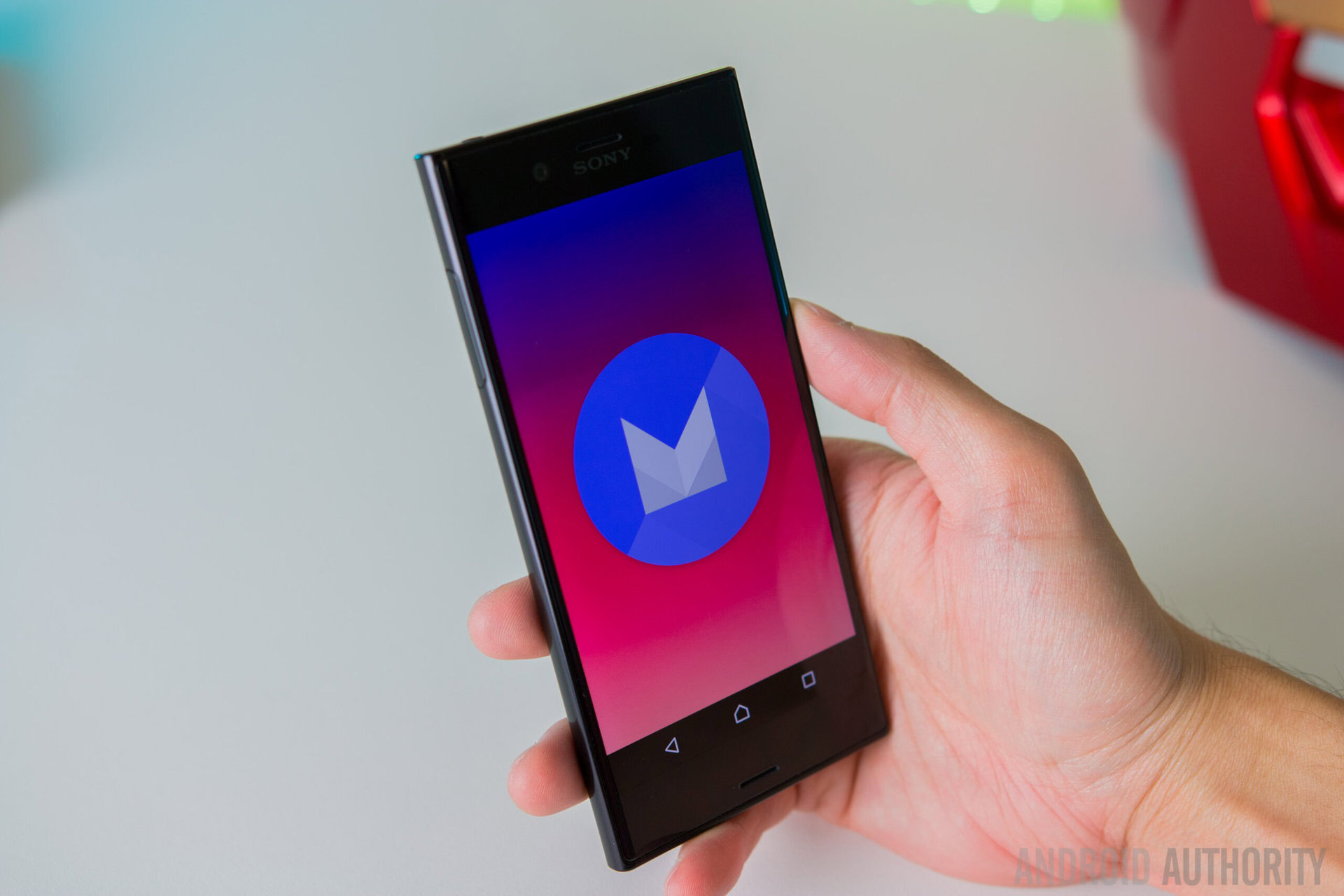
On the software side of things, the Xperia XZ is running Android 6.0 Marshmallow with the Xperia UI on top, which Sony has scaled back significantly to keep the experience fairly light. You still have Sony’s own launcher, Settings menu, app icons, and a built-in themes engine, but the majority of the user interface feels very close to stock Android.
This integration goes up to the point where the Google Now second screen is now a part of the Xperia launcher as well. While the Xperia XZ is only available unlocked and free of network carrier bloatware, there are a few pre-installed applications to deal with, like AVG protection, Amazon Shopping, and Sony’s own list of apps. Overall however, this is a very clean and simple software experience, which is definitely a contributing factor to the smooth performance of the device.
Specifications
| Sony Xperia XZ | |
|---|---|
Display | 5.2" Full HD Triluminos IPS LCD |
Processor | Quad-core, 64-bit Snapdragon 820 |
RAM | 3 GB |
Storage | 32 GB (single SIM), 64 GB (dual-SIM) + microSD |
Dimensions | 146 x 72 x 8.1 mm |
Weight | 161g |
IP rating | IP65/IP68 |
Main camera | 23 MP with triple image sensing, predictive hybrid autofocus, 5-axis stabilization |
Front camera | 13 MP |
Battery | 2,900 mAh, Quick Charge 3.0, Qnovo Adaptive Charging, USB Type-C |
Fingerprint sensor | Yes |
Networks | GSM GPRS/EDGE (2G), UMTS HSPA+ (3G), Cat. 9 LTE |
Connectivity | A-GNSS (GPS + GLONASS), Wi-Fi Miracast, Bluetooth 4.2 |
Gallery
Pricing and final thoughts
If you are looking to get the Xperia XZ, the price is going to be something to contend with, with the device priced at $699. This puts it in the same price range as other flagships like the Galaxy S7 Edge and Google’s brand new Pixel smartphones, and there are also smartphones that offer flagship experiences at a fraction of the price, like the ZTE Axon 7 and the OnePlus 3.
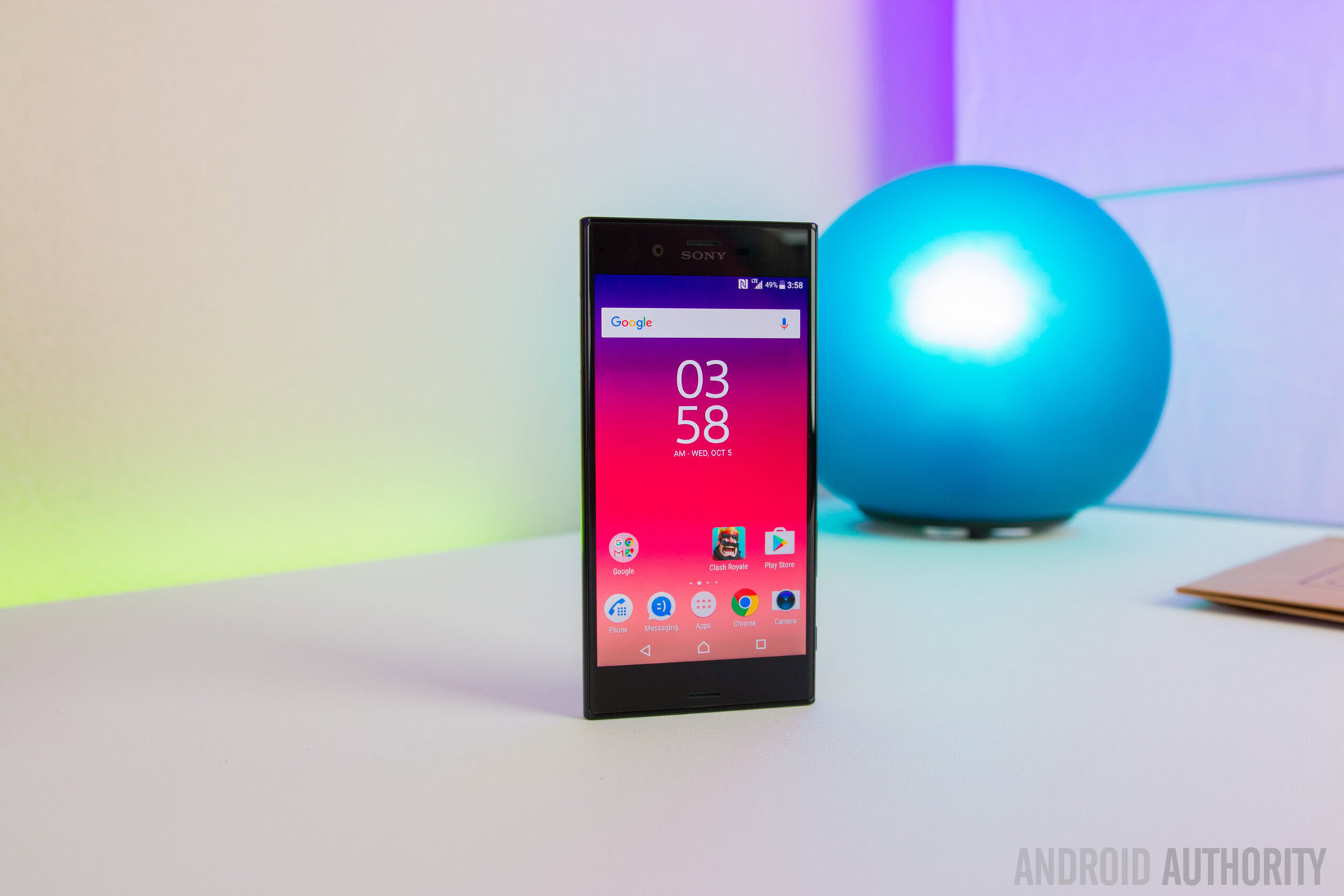
So, there you have it for this in-depth review of the Sony Xperia XZ! It has to be admitted that I do really like this phone, and it has been a long time since a Sony smartphone has truly impressed me. The Xperia XZ has got a refreshing, new, and beautiful design which is still true to Sony, and also features a beautiful display, excellent performance, and a really great camera.
There is so much to like about this phone that I was able to forgive the lack of Quad HD display and a fingerprint sensor. However, with these features missing, the high price point might be harder to forgive. The Xperia XZ is undoubtedly the best smartphone that Sony has made in a long while, but if that is enough to justify paying a premium for it is up to you.